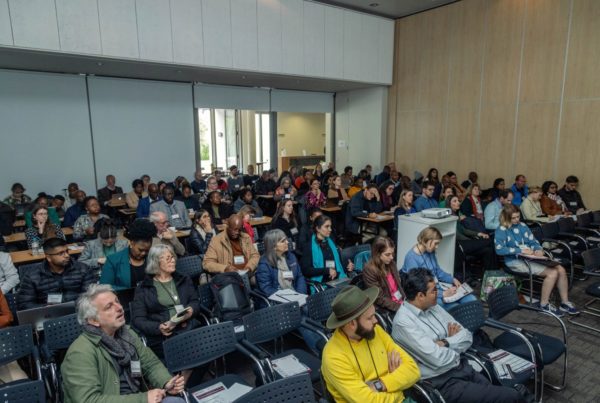PhD Thesis
Candidate: Ada Isobel Jansen
Supervisor: Professor Servaas van der Berg
Institution: Stellenbosch University, Faculty of Economic and Management Sciences, Department of Economics
Abstract
Concerns about the sufficiency of freshwater supplies and the impact of water shortages have placed sustainable water management on the global agenda. This is particularly relevant in South Africa, a country with precipitation rates well below the global average and water resources that have become highly polluted. The scarcity of water for consumption use and of unpolluted water bodies as recreational and environmental good highlights the need for an economic analysis of these issues. This dissertation investigates some economic aspects of water management in the South African context in two distinctive parts. Part One (Chapters 2 to 5) aims to provide an understanding of urban water demand and analyses water pricing as demand management tool. Part Two (Chapters 6 and 7) analyses the values people attach to water resources for recreational and environmental purposes. Quantitative methodological approaches are predominantly used to inform an economic perspective on water demand management. The extent of water scarcity is discussed in Chapter Two. South Africa is approaching physical water scarcity, but many poor households do not yet have access to water and basic sanitation facilities, i.e. there is also economic water scarcity. Given this background, Chapter Three focuses on water demand management as part of an integrated water management approach. The role of water prices is discussed, in particular the Increasing Block Tariff (IBT) structure which is predominantly used in South Africa. Chapter Four estimates the price elasticity of demand for water using household water consumption records obtained from the City of Cape Town (CCT). A distinctive feature of this case study is a survey undertaken to collect household information on demographic and water-use characteristics, as water databases are severely lacking in South Africa. The results show water demand to be mostly price inelastic, which concurs with findings from international empirical literature. Furthermore, higher-income households are found to be more sensitive to price changes, thus some reduction in water consumption can be achieved by increasing marginal prices at the upper end of the IBT structure. Chapter Five analyses the IBT structure as a redistributive tool. Particular attention is given to the Free Basic Water policy of South Africa, which allows each household to receive six kilolitres of water free per month. Empirical modelling indicates that the IBT structure in its current form holds limited benefits for the poor, given the state of service delivery in South Africa: the lack of access to the water network prevents the poorest households from being the recipients of the cross-subsidisation occurring in an IBT structure. Part Two studies urban water resources as recreational and environmental goods. The literature review of environmental valuation techniques in Chapter Six places particular emphasis on the Contingent Valuation Method. This method is applied in Chapter Seven, where the value of improving the environmental quality of a freshwater urban lake is analysed in a middle- to low-income urban area. Another survey was undertaken specifically for this purpose of gauging the willingness to pay for improved recreational facilities and water quality of Zeekoevlei. The results show that low-income households do attach value to urban environmental goods, a result which adds to our knowledge of willingness to pay for environmental goods in developing countries.
DOWNLOAD PDF






